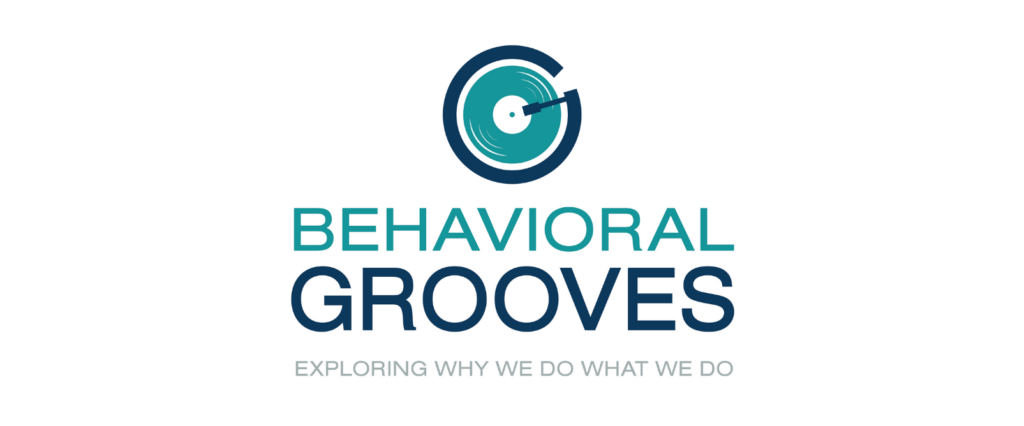Dec 2024
Expanding Access to Addiction Treatment
This paper explores practical strategies to expand access to addiction treatment for persons living with opioid use disorders (OUDs).
This paper explores strategies to expand practical access to evidence-informed addiction treatment interventions among persons living with substance use disorders—particularly persons living with opioid use disorder (OUD), who face remarkable risks of death in the shadow of an escalating overdose epidemic. Almost 100,000 Americans die every year from fatal overdoses. Despite recent declines, more than 70,000 of these deaths involve opioids. Expanding practical access to effective treatments, particularly to medications for OUD (treatments denoted MOUD by addiction treatment providers and researchers), is a central challenge in addressing the overdose epidemic.
Latest Updates
The Best Books of 2025
The New Yorker includes Crime Lab Pritzker Director Jens Ludwig’s book, “Unforgiving Places: The Unexpected Origins of American Gun Violence,” on its annual list of best books of the year.

The Urban Optimist’s Holiday Gift Guide
Vital City included “Unforgiving Places: The Unexpected Origins of American Gun Violence,” a book written by Crime Lab Pritzker Director Jens Ludwig, in its 2025 holiday gift guide.

Why Split-Second Thinking Fuels Violence
Jens Ludwig, the Crime Lab’s Pritzker Director, joined the Behavioral Grooves Podcast to discuss his new book, “Unforgiving Places,” which challenges society’s most entrenched assumptions about crime and uncovers what behavioral science reveals about the real causes of violence.

